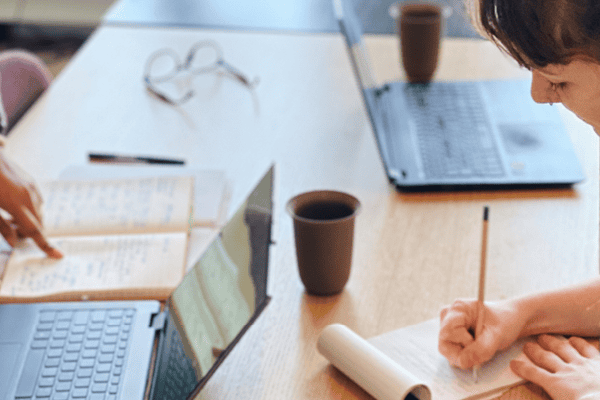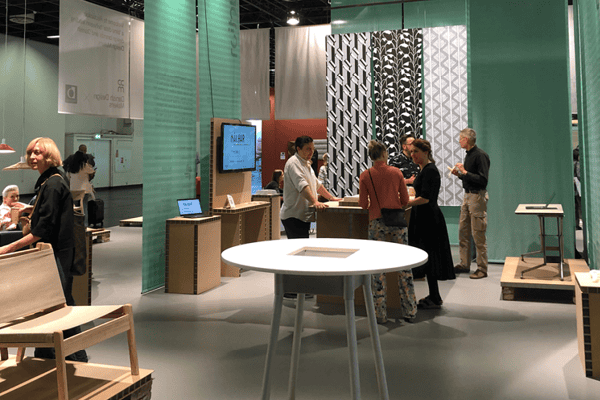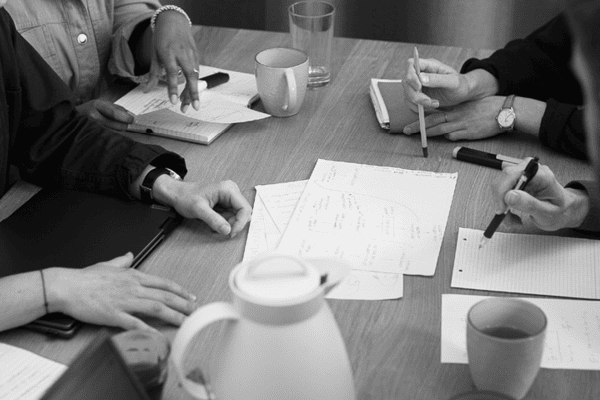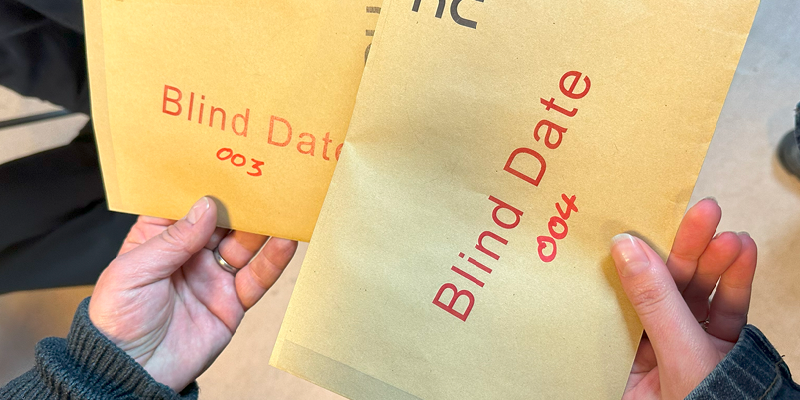
Have you ever been on a blind date?
Where you had to prepare yourself to meet another person you had little or no knowledge of beforehand?
Where you had something at stake?
This is the scenario for a group of designers, who are participating in this year’s design challenge hosted by Danish Design Makers (DDM).
DDM have asked a number of furniture companies to write an anonymous brief on a piece of furniture they would like to see come alive through the hands of an – to them – unknown designer. 12 anonymous briefs have then been randomly distributed between the 19 design teams.
As we speak, the designers are putting the finishing touches on their prototypes for the big Blind Date reveal which will take place at the biannual furniture fair, ORGATEC on October 22nd-25th this year.
But this is not all.
On top of the blind date challenge, the project also includes an overall theme about reduction – and this is where Målbar comes into the picture. All designers have gained access to our climate screening tool giving them the opportunity to see how much their designs affect the climate. They can create different design scenarios to learn how different production methods, processes, and materials influence the distribution of climate emissions from their products. Ultimately, they can use the tool to minimize the climate footprint of their designs and use tangible data as argumentation for their choices.
How the Blind Date concept breaks with traditional ways of collaborating
Normally, when a company wants to create a partnership with a new designer, it will look for someone who fit its profile. And when the partnership is in place, the designer and company have a close collaboration during the designing of new products. The designer must consider the company’s existing portfolio, its production methods, values, routines, and brand personality.
In the blind date project, this continuous contact during the design process is absent forcing the designers to make their own choices.
“I can’t calibrate my ideas with the company during my design process. So, I must take some chances. I think it is exciting”
says Antonio Scaffidi, co-founder and board member of Danish Design Makers.
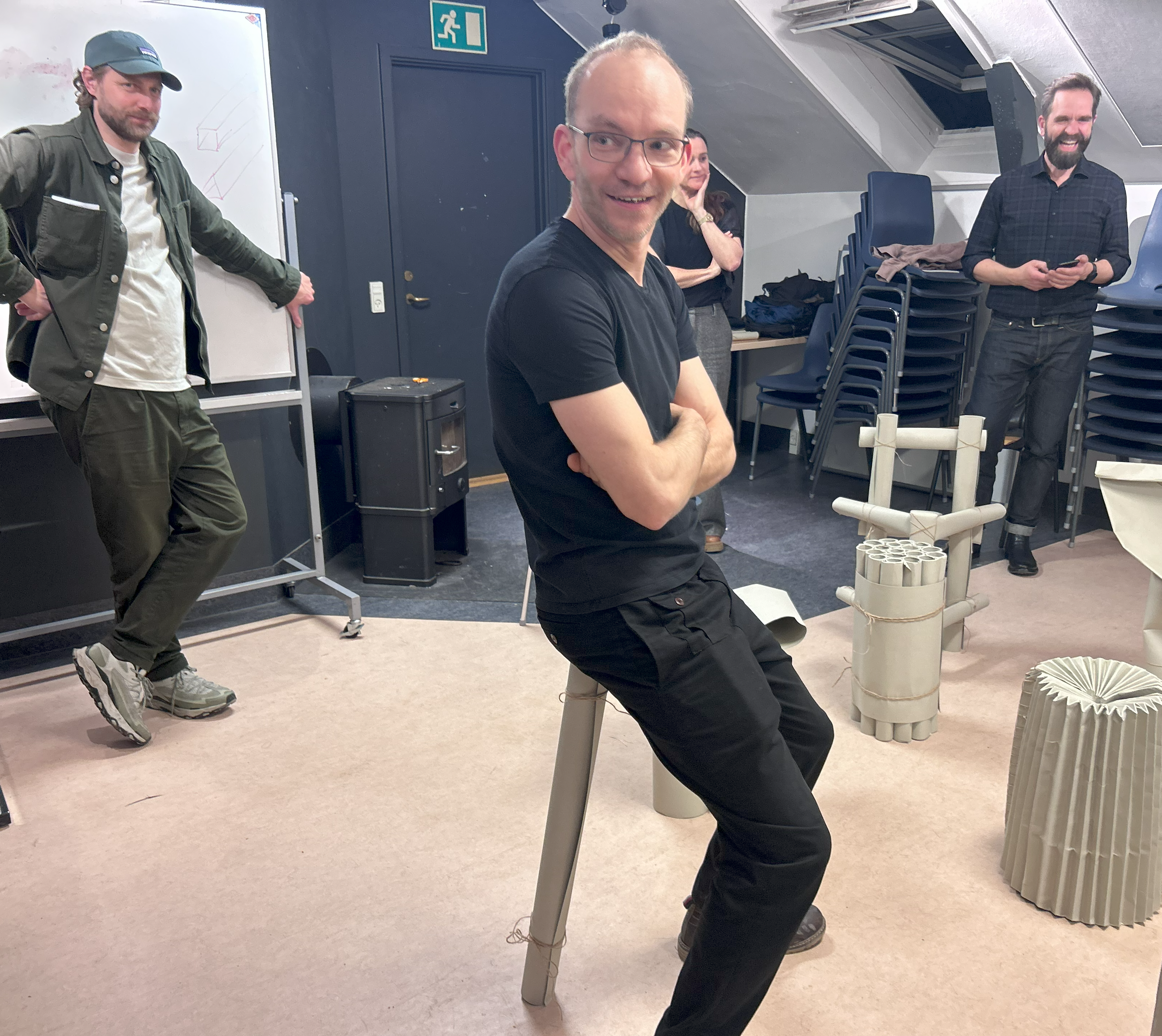
The participating companies also take a chance. They do not know who the designers are or what they have in their design portfolios. But as the design duo, Bly Studio, says:
“It can be challenging to get in contact with the big brands especially the foreign companies. In this project, we get a chance to create something for someone specific without being judged beforehand.”
The distinct set-up of the blind date allows the designers to be more free in their design process focusing on the parts of the briefs they feel most connected to and find most relevant in a reduction context. On the other hand, they may be leaving out or toning down aspects in the briefs that do not comply with their values, work methods, or ideas.
“I have broken with some of the requirements in my brief.
I wanted to challenge the company a little bit”
says Antonio Scaffidi.
Thomas Sigsgaard, part of the renowned design duo Salto&Sigsgaard has another take on it:
“I’m not bringing a design that is set in stone. I would never hold on to a specific color or material. As long as the principle of the design is kept, and as long as we stay true to the function and idea of the design, the company is more than welcome to contribute to my design. What’s most important to me is to create something that has a place in the world.”
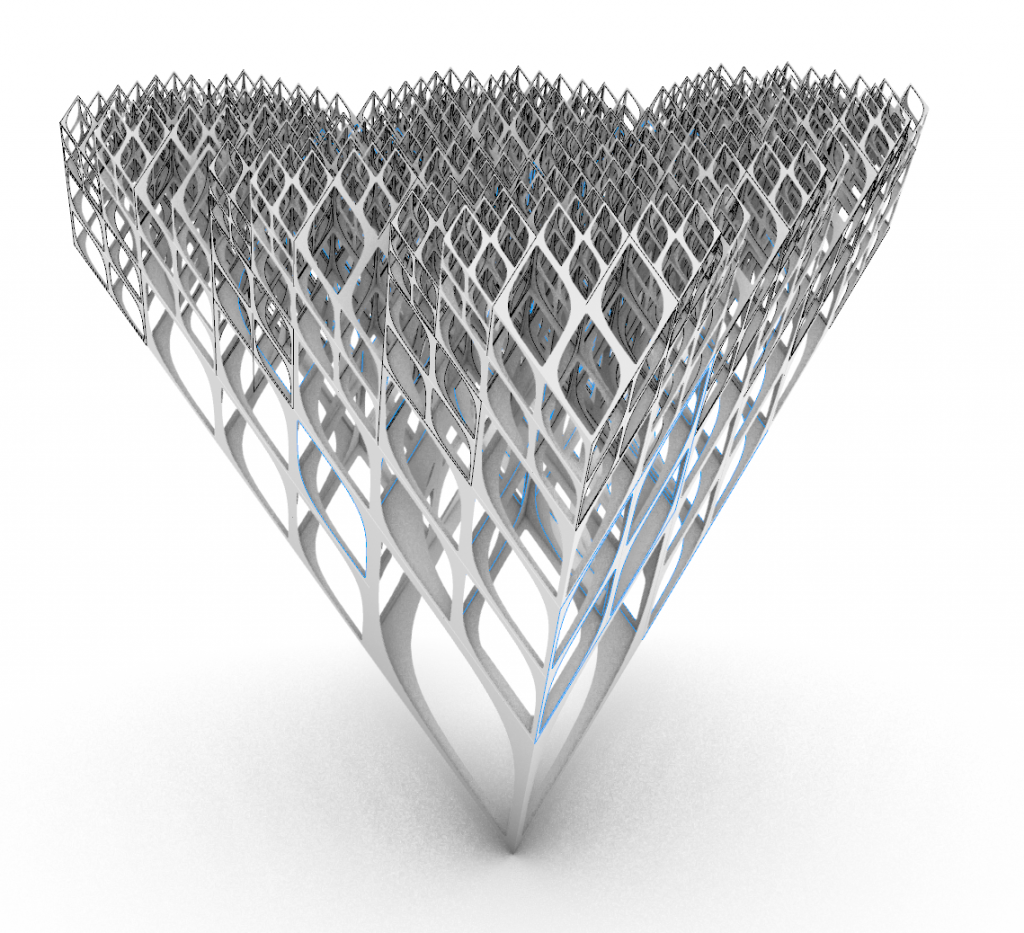
How designers can make companies rethink their traditional ways of working
The designers get a chance to challenge the companies in for example their material choices, their production methods, the shape, and the aesthetics of their products.
“I hope to maybe inspire the company by introducing this innovative technique to them. Even if the company that wrote my brief doesn’t like it, there are plenty of other companies at the fair that might find it interesting”
says designer, Troels Flensted.
Hence, the companies might expand their minds about what is beautiful, what is functional, which materials can be used for what, and how much finish or how many procedures a product needs. Hopefully, many of them will be inspired and gain new insights about how to reduce the impact of products.
Nevertheless, all the participating designers work seriously with the theme reduction – but in many different ways. Some of them are keen to find the lowest emitting materials, some are working in detail to minimize the amount of material used, and others focus on making a multipurpose product that will reduce the need for more new production.
Many of these innovative ideas will be presented at the fair. Not just as abstract ideas, but as physical products visitors can see, touch, and try out. And for a company, it might be easier to take a chance with a material or a different method when having experienced it real life.
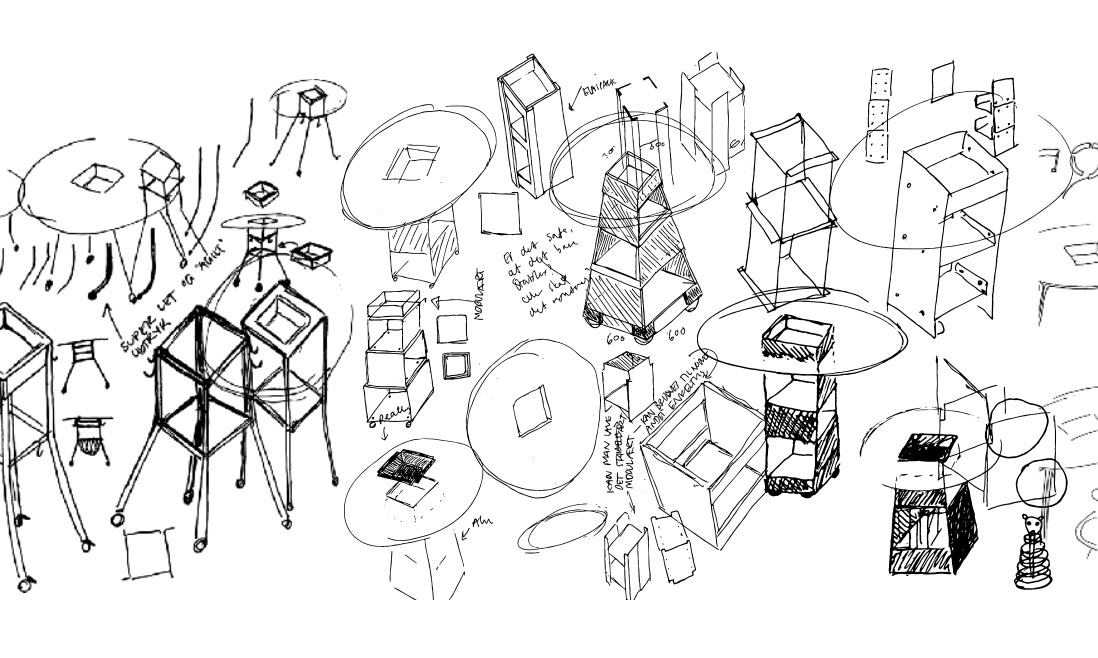
A platform for essential discussions
So, which potentials lie in this blind date concept? Board member of DDM Thomas Alken says that they get to meet some companies that they otherwise wouldn’t have met. And he believes that they only need a few really good matches for this project to be a success.
According to co-founder and board member Antonio Scaffidi, the project raises questions about our conventional way of doing things. He believes that this set-up creates a foundation for discussing how we can do things differently in the future if we want to fuel the green transition.
Board member Evalou Hauge thinks traditional fairs will be challenged in the future.
“When DDM was founded, the standard attitude towards fairs was that it was totally fine to build an exhibition stand spending thousands of euros and then just throw it in the trash afterwards. That’s not okay anymore. And standing in a huge hall with air conditioning just to mingle a little, not knowing if the people or companies you hope to meet will even be there – I think it has no place anymore. So, it is good that we have started doing things differently.”
From Målbar’s point of view, having the opportunity to influence designers from the beginning of their design process is very valuable.
“When we founded Målbar, most of our customers only used our tool to calculate the climate footprint of their products. Now we have succeeded in communicating the importance of using the knowledge you gain from working with our tool to reduce the impact from products and set conscious targets based on real data. Getting to offer designers this important knowledge adds to our mission to democratize life cycle assessment”, says Co-founder and Head of Data and Analytics in Målbar, Anders Koefoed.
Can we change our perception of beauty?
Will we continue to be able to see beauty in things we know have had a severe negative impact on the environment? Or will we change our perspective and sometime soon see the beauty in things we know have created less damage? Will we learn to love wood products containing knobs, because it means less wood have been wasted? Will we learn to love patchwork made of different left-over textiles, knowing that it has reduced the need for producing new textiles? Will we allow defects on leather products that only just show that the material comes from an animal that has lived a life? Will we learn to appreciate imitated leathers instead of seeing them as cheap alternatives?
If we want to be able to answer yes to these questions, we need designers to create new climate conscious trends and manufacturers to use green energy for their production and be open to the new aesthetics of climate conscious design.
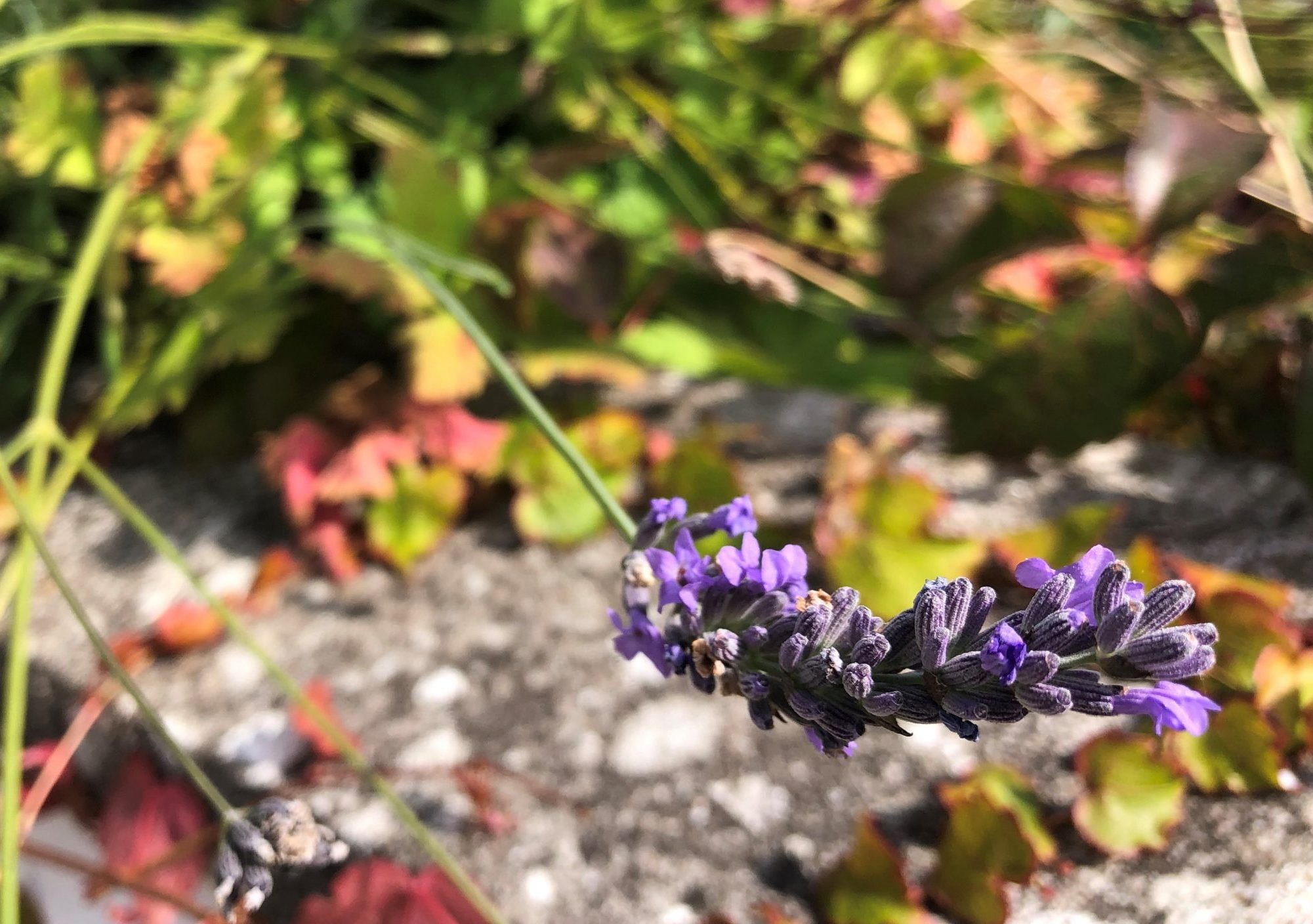
And we need them to challenge consumers to make them realize that we must change our traditional ways and our perception of what beauty is.
From our perspective, this journey begins with true and transparent data and knowledge about materials and processes. This is the specialty of Målbar, and we are proud to be part of this project. It allows us to share our knowledge and to gain insights into the designers’ creative processes, helping us explore how we can contribute even more to the industry in the future.
